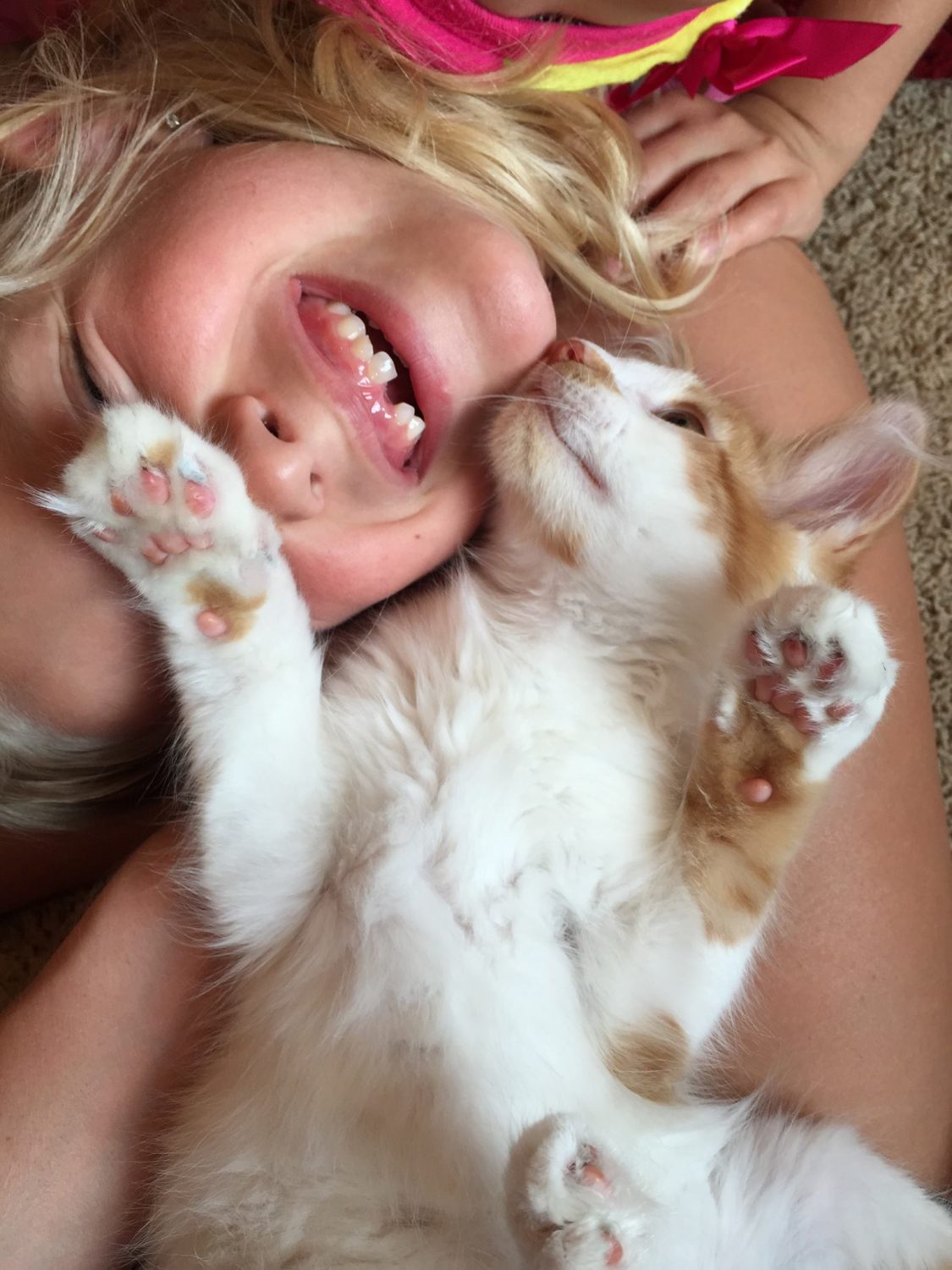Pets & Children: How to Properly Interact With One Another
A pet can be a very rewarding and positive experience for children. It teaches a child compassion and responsibility and they also gain a companion. Research indicates that children growing up with well-cared-for dogs have mental and emotional advantages that extend throughout life. As a parent, you must be the one to decide the appropriate time to introduce a pet to the family. This decision should be based on your child’s age, maturity, behavior and interest.
be a very rewarding and positive experience for children. It teaches a child compassion and responsibility and they also gain a companion. Research indicates that children growing up with well-cared-for dogs have mental and emotional advantages that extend throughout life. As a parent, you must be the one to decide the appropriate time to introduce a pet to the family. This decision should be based on your child’s age, maturity, behavior and interest.
No child under school age should be left alone with pet. They are not yet at the age where they understand that their actions can hurt an animal. Even older children may test the boundaries of what they can get away with when adults aren’t watching. The best thing you can do is teach both your children and your pets what is appropriate behavior.
Some things you should never allow a child to do in your home:
- Pulling on ears, feet or tail
- Poking eyes or messing with their mouth
- Swing objects toward or near a pet
- Chase the pet
- Tug or otherwise compete with the pet for toys, food or other items
- Disturb a pet while they are sleeping or eating
- Enter a private area (crate or special room) designated as a child-free zone
- Put significant weight on a pet (“ride a dog like a horse”, etc)
- Suddenly get in a pet’s face
- Touch a pet that is in pain or afraid
Here are some tips on how to properly interact with pet.
- Ask! Teach your child to ask before petting a new or unfamiliar dog. If the owner says “no”, respect their decision as it may be in everyone’s best interest and safety.
- Petting: Stroke along the neck, back and sides (avoid the face and head)
- Act Like A Tree: Teach your child not to run if approached by a strange dog, but rather stand still and stare straight ahead until the dog leaves. Running away can provoke the dog to chase and attack.
- Chores: Having a child brush the dog or cleaning out the cat litter box (wearing gloves and washing properly afterwards). This will allow your child to bond with your pet and also teaches them responsibility.
- Training: Involve your child when teaching your dog commands. This is a rewarding experience for both the pet and the child.
Children are by far the most common victims of dog bites. Most bites occur doing everyday activities and with familiar pets. If we teach our children and our pets how to properly interact with one another, we can prevent bites from happening and ensure the human-animal bond.
Infographic on How Kids Should Interact With Pets
For more information on proper ways for kids and pets to interact, visit Dr. Sophia Yin’s Webpage.
